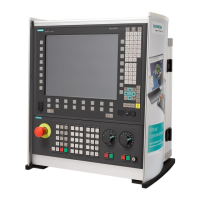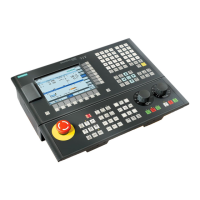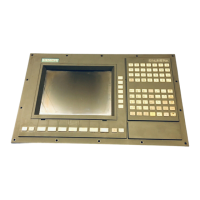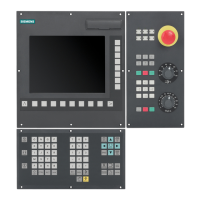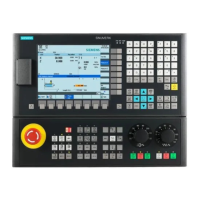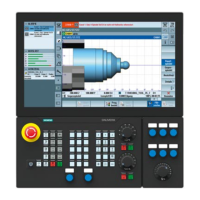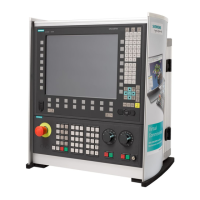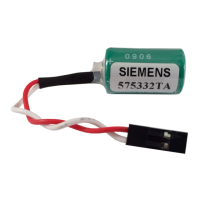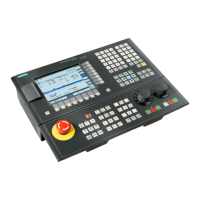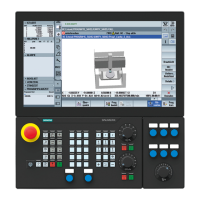Detailed description
2.8 Single block
Basic logic functions: Mode group, channel, program operation, reset response (K1)
146 Function Manual, 11/2006, 6FC5397-0BP10-2BA0
Boundary conditions
The following restriction applies to decoding single block SBL2:
• Block search approach blocks
• Block not in ASUB; DISPLOF, SBLOF
• Non-reorganizable and non-repositionable blocks
• Blocks that are not generated in the interpreter, e.g., intermediate blocks
2.8.4 Single-block behavior in mode group with type A/B
Classifying channels
One mode group channel must be classified as a single-block control channel (KS), while the
other mode group channels must be classified as dependent channels (KA) via interface
signal. Type A or type B single-block behavior can be selected for KA channels.
Type A determines Stop (analogous to STOP key).
Type B determines Stop (analogous to stop at block limit).
Channel classification
In one channel (KS) in a mode group, the user should select single-block (NST DB21 ...
DBX0.4 (activate single block)). Single-block type A or B refers to other channels (KA) of a
mode group.
Channel n KA
Channel 2 KA
Channel 3 KAChannel 1 KS
...
Mode group
Behavior can be selected via type A or type B
Figure 2-15 Channel classification for single block in mode group 1
Type A, NST DB11, … DBX1.7=1 (single block type A)
- All channels are stopped.
- All channels receive a start (Start key).
- Channel KS stops at the end of the block (due to single-block)
- Channels KA receive a STOP. (analogous to STOP key).
- All channels are stopped. (deceleration phase of all KAs)
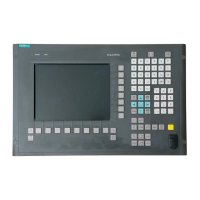
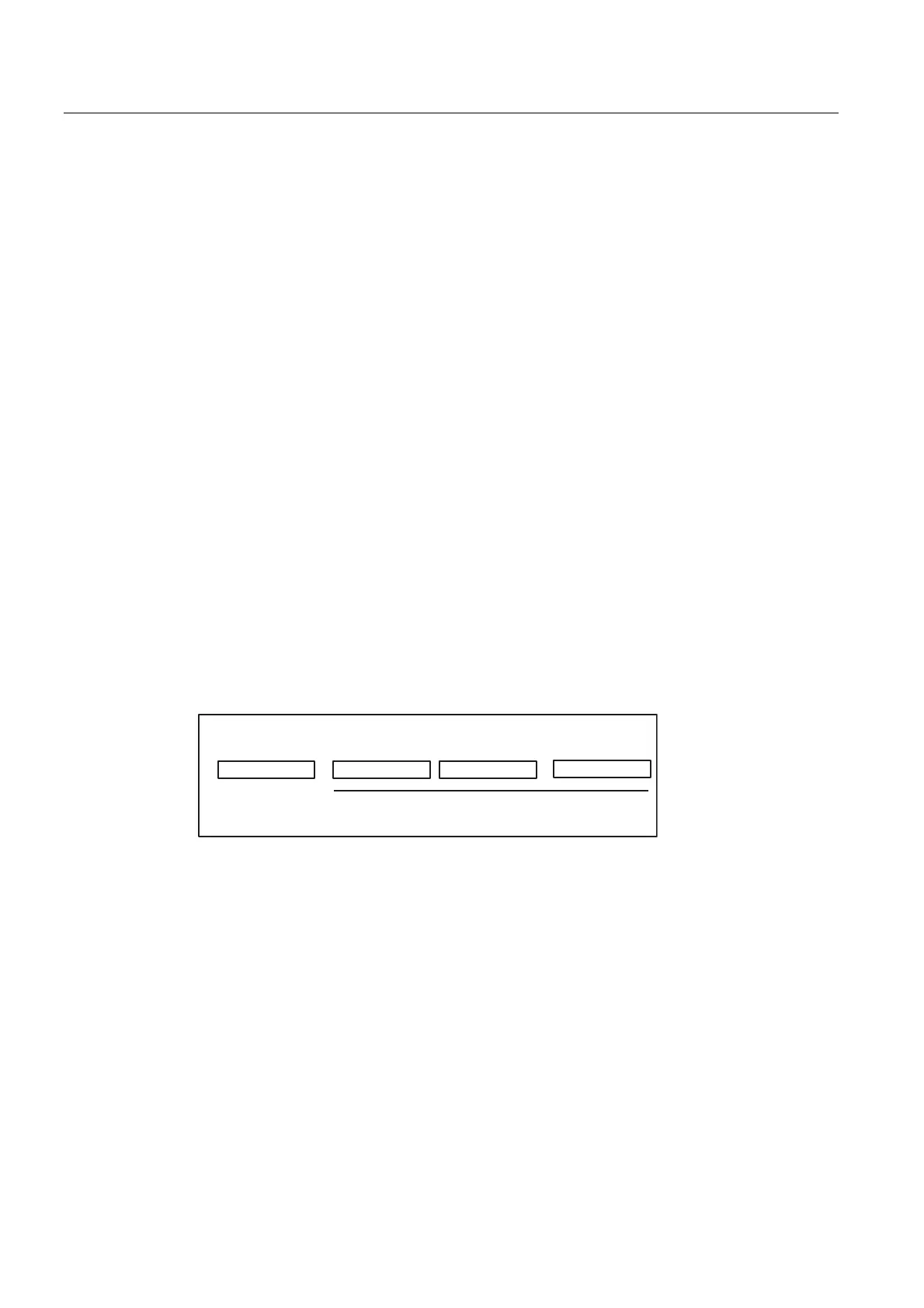